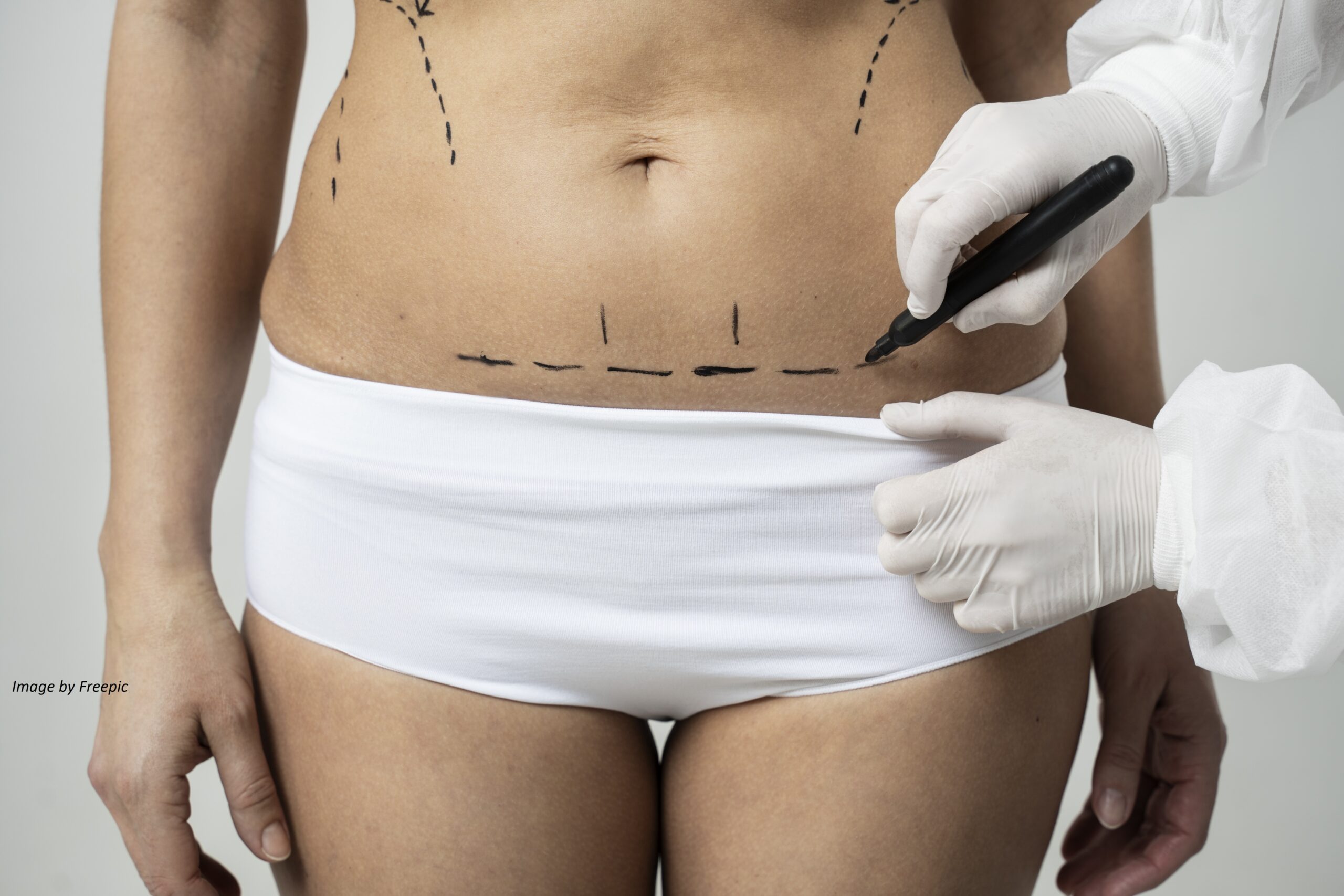

Spiral Thigh Lift: The Comprehensive Guide to Tighter, Smoother Legs
Aging, weight loss, and gravity can take a toll on the body — especially on the thighs, where the skin […]
Abdominoplasty, commonly known as a tummy tuck, is a popular surgical procedure designed to create a firmer and smoother abdominal […]

Abdominoplasty, commonly known as a tummy tuck, is a popular surgical procedure designed to create a firmer and smoother abdominal profile. This detailed guide explores what abdominoplasty entails, and how it differs from liposuction and provides essential information for anyone considering this transformative procedure.
Abdominoplasty is a cosmetic surgery aimed at removing excess skin and fat from the abdomen and tightening the abdominal wall muscles. This procedure is particularly beneficial for individuals who have undergone significant weight loss or women who have had multiple pregnancies, leading to stretched skin and muscles that do not improve with exercise.
While both abdominoplasty and liposuction are used to improve the appearance of the abdomen, they serve different purposes and address different issues:
It is not uncommon for abdominoplasty and liposuction to be performed together to achieve comprehensive results, addressing both excess skin and localized fat.
Ideal candidates for a tummy tuck include:
1. Anesthesia: Abdominoplasty is typically performed under general anesthesia, ensuring the patient is unconscious and pain-free throughout the operation. In some cases, regional anesthesia combined with sedation may also be used.
2. Making the Incision: The surgeon makes a horizontal incision just above the pubic hairline, extending from hip to hip. The length and shape of the incision depend on the amount of excess skin. In a full abdominoplasty, a second incision around the navel may be necessary to remove excess skin in the upper abdomen.
3. Repairing the Muscles: One of the key steps involves tightening the abdominal muscles. The surgeon stitches the muscles of the abdominal wall together, thereby reinforcing them and providing a firmer, flatter abdomen and a narrower waistline.
4. Removing Excess Skin and Fat: After tightening the muscles, the surgeon stretches the skin downward, removes the excess, and repositions the remaining skin to create a more toned look. Liposuction may also be employed during this phase to contour the abdomen further.
5. Redraping the Navel: In full abdominoplasty, the navel will often need repositioning. A new hole is cut for the navel, which is then sutured in place.
6. Closing the Incision: The incisions are closed with sutures, skin adhesives, or clips. Drainage tubes may be inserted to prevent fluid buildup and are typically removed a few days after surgery.
As with any major surgery, abdominoplasty carries risks, such as:
Patients often report improved self-esteem and satisfaction with their body contours post-surgery. However, it’s crucial to have realistic expectations and understand that recovery can be challenging, involving discomfort and significant downtime.


Abdominoplasty offers a solution for those looking to enhance the appearance of their abdomen significantly. It is a highly effective procedure for those struggling with excess skin and weakened muscles due to pregnancy or weight loss. As with any surgery, it’s crucial to consult with a qualified plastic surgeon to discuss your goals, expectations, and potential risks. Through careful planning and realistic expectations, abdominoplasty can provide lasting changes, contributing significantly to an individual’s self-esteem and comfort in their body.
For anyone considering this procedure, understanding the differences between abdominoplasty and liposuction, assessing their health status, and having realistic expectations about the outcomes are crucial steps towards achieving satisfying results.
Q1: How long is the recovery period? A1: Most patients require 2-6 weeks before they can return to normal activities, with full recovery taking up to several months.
Q2: Are the results permanent? A2: The results can be long-lasting, provided that the patient maintains a stable weight and healthy lifestyle.
Q3: What are the potential risks of a tummy tuck? A3: Risks include infection, poor wound healing, bleeding, and more rarely, complications from anesthesia.
Q4: Can I undergo a tummy tuck if I plan to get pregnant? A4: It is generally recommended to wait until you are done having children before undergoing a tummy tuck, as pregnancy can separate the tightened muscles and stretch the skin.
Summary